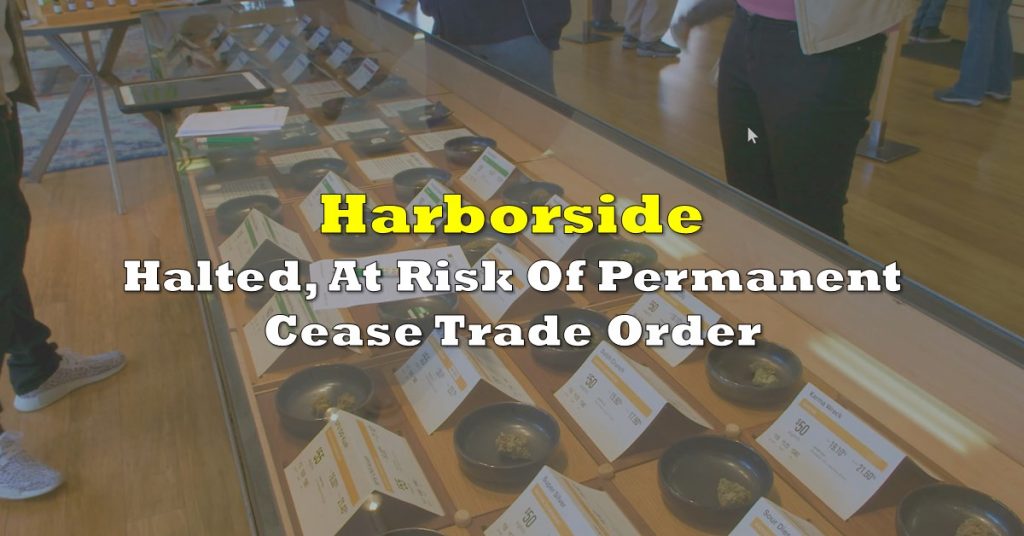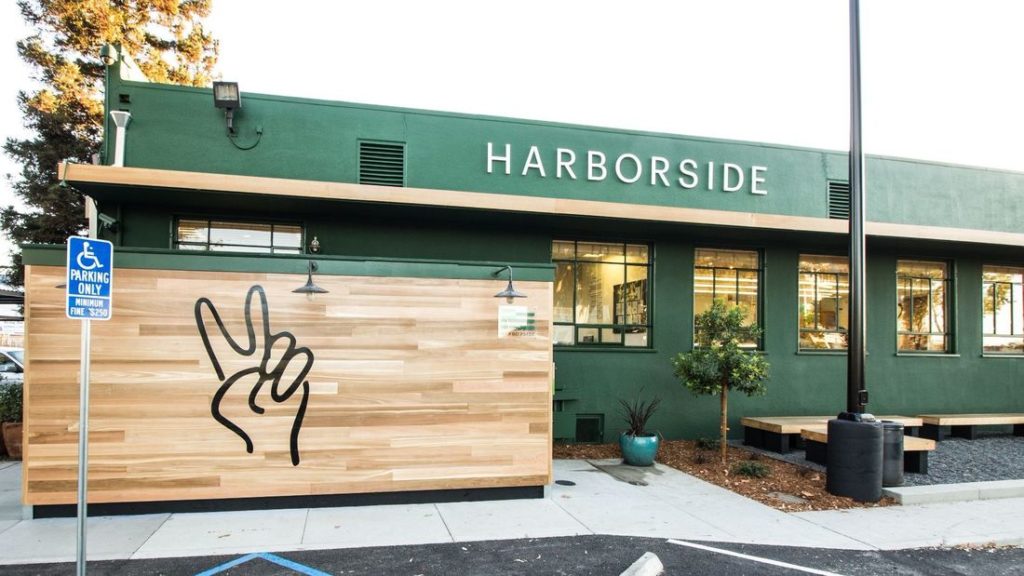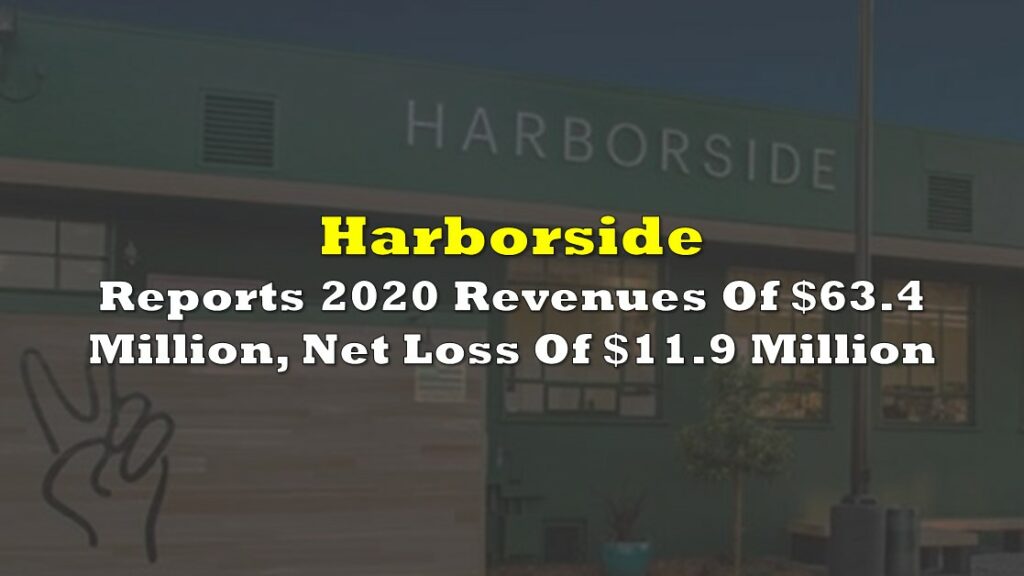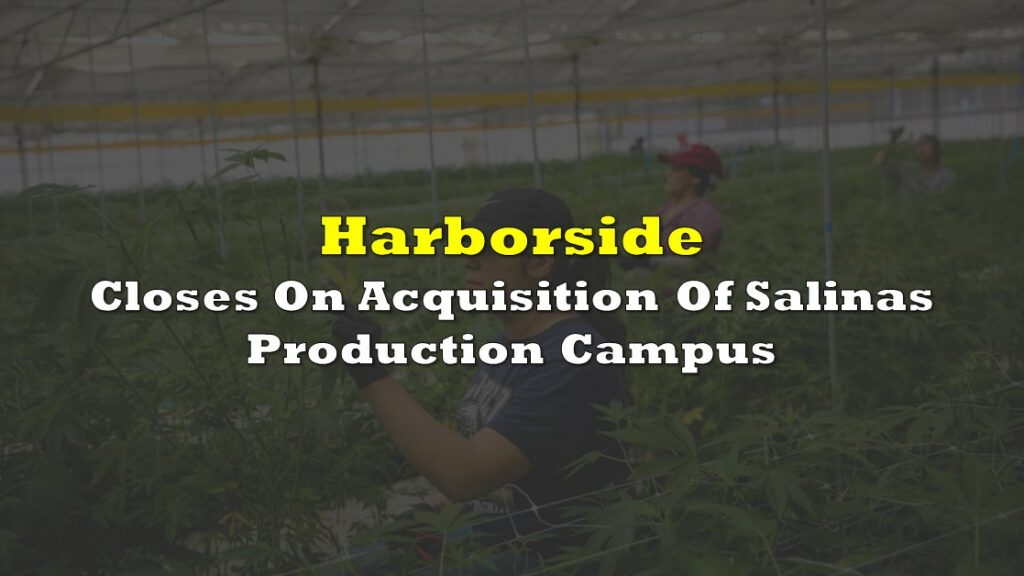Harborside Inc (CSE: HBOR) is set to begin trading this morning after completing its reverse takeover transaction with that of Lineage Grow. The newly formed multi state operator has chosen a notably weak time to enter the markets, as the cannabis sector continues to slowly bleed into the summer period.
Timing aside, Harborside has one of the most well known brands in the Californian market. The firm was one of the first to establish legal medical cannabis operations in the state, with the first dispensary opening up in 2006. In the time since, the entity has grown its operations and has since collected over US$400 million in revenues while capturing approximately 10% of the Northern Californian market.
While the company filed its Form 2A listing statement late last week, the document was 423 pages in length – indicating that the vast majority of interested investors likely haven’t read through the document. We’re here to help. We’ve compiled a quick summary of the operations of Harborside, so that retail investors don’t have to spend endless hours combing through the document in search of details.
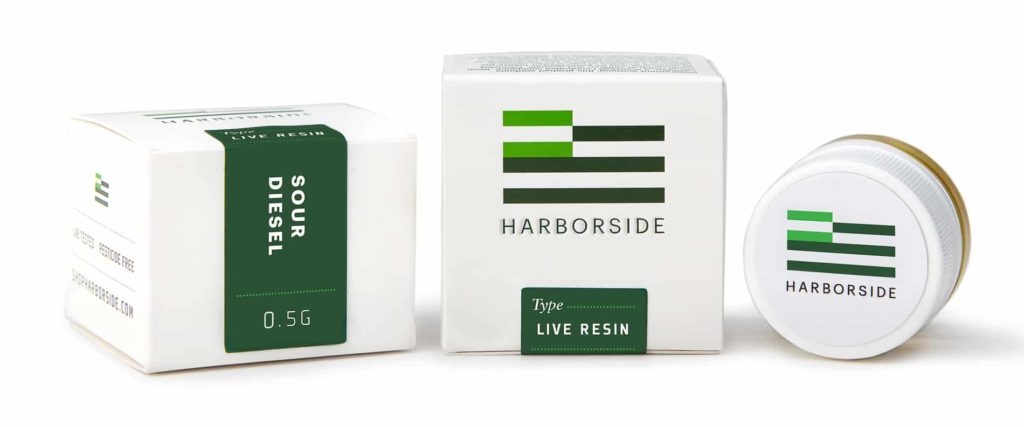
Harborside Operations
Currently, Harborside is focused on three segments of operations in the cannabis sector. Here’s an excerpt from page 67 of the filing statement outlining specifically what their operations consist of:
- Retail Dispensaries: The Resulting Issuer:
- controls two retail dispensaries in California (Harborside Oakland and Harborside San Jose);
- owns two retail dispensaries in Oregon (the Terpene Station Dispensaries); and
- manages two other retail dispensaries in California (Harborside San Leandro and Harborside Desert Hot Springs).
- With over twelve years of operating success, the iconic Harborside Dispensaries of the Bay Area (Harborside Oakland and Harborside San Jose) have over C$400 million of historic sales and in excess of 270,000 patients and customers served. Harborside Oakland’s store is one of the oldest, most respected, and largest retail cannabis locations in the world, having received one of the first six commercial cannabis licenses issued in the United States. Upon, and subject to, the successful completion of the LUX Acquisition and the Airfield Acquisition, the Resulting Issuer will also own two additional dispensaries.
- Cultivation, Manufacturing, Production and Wholesale Sales: The Resulting Issuer operates a cultivation facility at the Salinas Farm in Salinas, Monterey County, California. The facility at Salinas Farm is approximately three acres in size, enabling the Resulting Issuer to produce a diverse array of cannabis products offered at varying price points, meeting the ever diverse and changing buying habits of customers and other dispensaries, manufacturers and distributors. Upon, and subject to, the successful completion of the Agris Farms Acquisition, the Resulting Issuer will own a second cultivation facility in Yolo County, California.
- Management Advisory and Administrative Services: The Resulting Issuer provides management advisory and administrative services to licensed cannabis businesses throughout California, enabling Harborside to generate high margin revenue streams, control shelf-space, increase brand recognition, and further integrate its supply and distribution chains.
The two primary retail locations, Harborside Oakland and Harborside San Jose, are currently not owned by Harborside. Original founders Stephen DeAngelo and Mr. dress wedding currently are in possession of the entities, however Harborside does have an option to purchase both dispensaries which it intends to execute within the next twelve months. For accounting purposes, the issuer will be able to consolidate revenues due to having control over the retail locations.
The only retail dispensaries owned by Harborside as of the time of writing consist of the two Oregon locations brought to the issuer via Lineage Grow.
M&A Activity
In addition to the option to purchase the two primary Harborside dispensaries, the firm currently has agreements in place to acquire three other entities. They consist of the following:
- Airfield Supply Co: The firm has a currently outstanding definitive stock purchase agreement to purchase Airfield for the sum of US$41.8 million. The entities assets consist of a 10,000 square foot cultivation facility and a 2,000 square foot dispensary located in San Jose, California. The acquisition is expected to close within twleve months of Harborside going public.
- Lux Cannabis Dispensary: Located in San Jose, California, Lux currently holds four cannabis licenses for retail, cultivation, extraction, and delivery within the state. It operates out of a 3,700 square foot dispensary. Total purchase price is slated at US$5.4 million, which is to be split between cash and shares.
- Agris Farms: Based in Yolo County, California, Agris is a craft cannabis cultivator operating in a 40,500 square foot greenhouse as well as a 3,000 square foot indoor facility. Annual production is slated at approximately 6,000 lbs (~2,700 KG) per year. The entity is to be acquired for a total purchase price of US$6.6 million, to be comprised of cash and shares.
Harborside’s Tax Issues
One key item that investors need to be aware of is the outstanding legal case against Harborside with the Internal Revenue Service. in total, five tax court cases are outstanding with subsidiaries of Harborside, related to Section 280E.
Section 280E applies to any company trafficking a controlled substance. Essentially, it means that these companies are not allowed to utilize tax deductions for ordinary and necessary business expenses.
The implication for Harborside is that it expects to lose each of these court cases. In the case of Harborside Oakland, the firm expects to owe any from US$11 million to $13 million. For Harborside San Jose, the company expects to be on the hook for US$4.37 million. Both of these estimates do not include interest within them.
Harborside’s Tradeable Float
The last item we wanted to address related to Harborside is its freely tradeable float. In a nutshell, it’s extremely tight. Thus, the equity may move quickly in any direction that it chooses as there simply will not be many shares trading hands. The breakdown, as found in the listing statement, is as follows.
| Number of Subordinate Voting Shares (Non-Diluted) | Number of Subordinate Voting Shares (Fully Diluted) | % of Issued and Outstanding (Non-Diluted) | % of Issued and Outstanding (Fully Diluted) | |
| Public Float | ||||
| Total outstanding (A) | 9,668,162 | 55,553,048 | 100% | 100% |
| Held by related parties (B) | 708,033 | 21,030,763 | – | – |
| Total Public Float (A-B) | 8,960,129 | 34,522,285 | 92.7% | 62.1% |
| Freely-Tradeable Float | ||||
| Restricted / Locked Shares (C) | 3,943,774 | 36,920,419 | ||
| Total Tradeable Float (A-C) | 5,724,388 | 18,632,629 | 59.2% | 33.5% |
Information for this briefing was found via Sedar and Harborside Inc. The author has no securities or affiliations related to this organization. Not a recommendation to buy or sell. Always do additional research and consult a professional before purchasing a security. The author holds no licenses.





